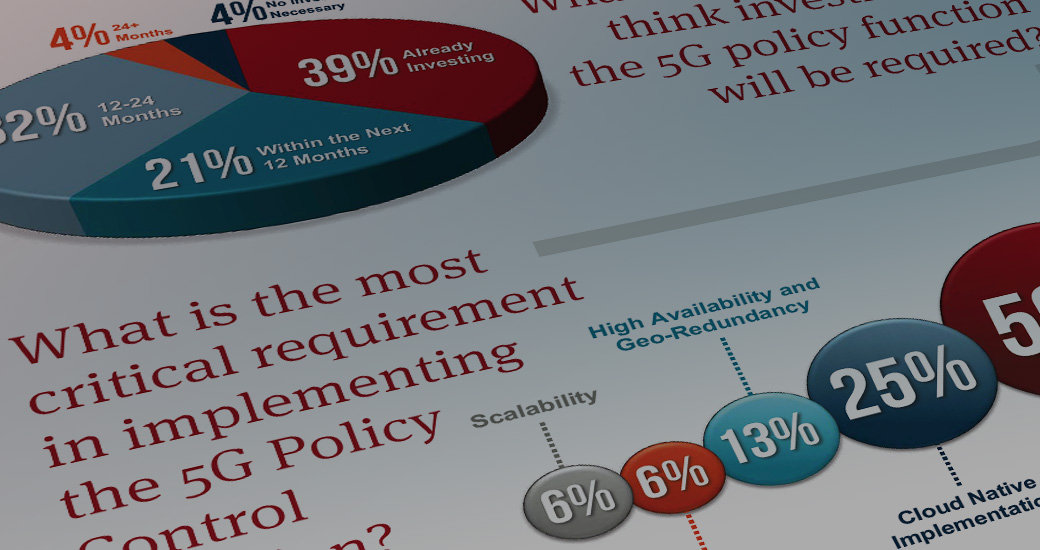In 1972, Dr. Edsger Dijkstra wrote “The Humble Programmer,” in which he laid out his ideas about how to best write computer programs. Back in that world, programming was a big problem, particularly because the programmer was constrained by the computing power of the machine. The machines were small; they had limited computing power and limited memory and storage. The programmer’s main job was to write these programs such that they were able to run in the most optimal way on those machines. They might have thought that once more powerful machines were to become available, programming would no longer be a big problem.
Increased power means increased demands
Now, the complexity is not just being able to run the programs, but now that we have machines of several orders of magnitude more powerful, programming has become an equally bigger problem. As the power of the machines grew by a factor of more than a thousand, businesses ambitions to apply these machines grew in proportion.
It was the poor programmer who had to deal with this tension between the ends and the available means. The complexity has evolved from having to write programs that the machines could run to writing programs that put the machine’s capabilities to previously unimagined business used cases.
Compounding this increase in demand, the number of options has also exploded. When considering what technologies to use for a use case, instead of having to rely on the monolithic infrastructure of yesteryear, now architects have many different choices available.
How do you choose the right database?
To explore these changes in choosing your database and architecture for applications, we invite you to join Volt Active Data Solution Architect Seeta Somagini and DBTA on February 27th for The Humble Cloud Architect: What is your Cloud Database Strategy. In this webinar, learn:
- How scalable do you really need your database to be?
- What options and tools for deployment are out there — and how do you evaluate them?
- What are some key differences in technologies you should be aware of?
- What factors should guide the choice of a database?




